‘Unlike other marketing tools, in-store promos result in direct sales’
By Retail4Growth Team | January 21, 2019
As a brand that sells the ‘asli swad’ Ganesh Papad takes no chances while connecting with the target audience. From understanding today’s consumers to drawing up specific GT and MT visibility strategies, the brand ensures that the brand communication is in sync with the product highlights. In an interview with Harshal Chheda – Director -- Ganesh Papad, Point Of Purchase gains some insight into the brand’s approach to retail visibility and shopper marketing.
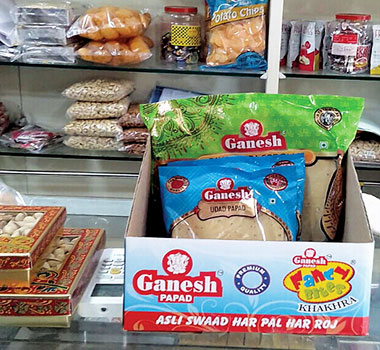 To begin with, could you share your observations regarding the change in consumer shopping behavior over a period of time, especially for your product category?
To begin with, could you share your observations regarding the change in consumer shopping behavior over a period of time, especially for your product category?
First of all, today’s consumer is not price conscious. About 15-20 years back, price was the first thing that people looked at. But today the business is driven more by quality. If people like the quality of a product, they don’t mind paying a little more. And I think this is because the demographics of the country is changing. People are more aware and also more health-conscious today. And this is reflected in how they shop and buy. Earlier people used to go by the shopkeeper’s recommendation, especially in the case of traditional retail. But now customers already be educated about the product and we cannot push them to buy a certain product. Based on their own knowledge and product experiences they buy a product.
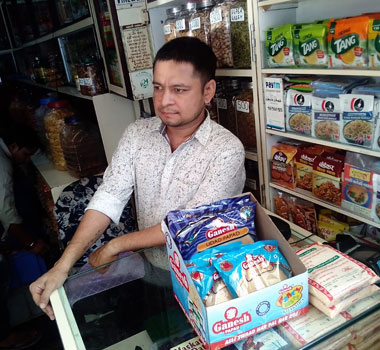 Can you talk about your initiatives for product visibility at the retail touch points, both at GT and MT?
Can you talk about your initiatives for product visibility at the retail touch points, both at GT and MT?
For General Trade, we focus on selling products like Mathiya, Chivada, Fali, fafada etc, – basically the Gujarati snacks, which do very well in Gujarat and in Mumbai. We promote them through banners, retailer incentives etc. We also have dispensers that can stock different sizes of the product. Here again we look at different ways of incentivizing the retailer through schemes. - For e.g, if a dispenser is placed prominently for a period of say 30 days, then we will deduct x amount from their bill of purchase and so on. We have still not tried bigger stands or FSUs, but for our new range of Papads targeted at the health conscious, we are planning to use 20,000 FSUs and in-store displays in A and B class stores.
As for MT, we take a three-pronged approach. First, we have 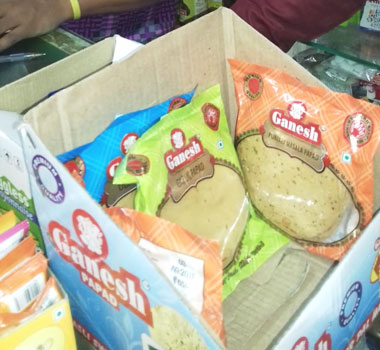 promoters in the stores who promote our product offers and also ensure prominent product visibility and maintenance. Secondly, we use bins in the stores during special festive seasons or to promote heavy discount offers on special occasions like Republic Day or Independence Day. Finally, we do in-store sampling. When a customer steps out of a store, our promoters make sure that they get a sample of the product so that they can come back to the store, like say Big Bazaar, to pick up the product.
promoters in the stores who promote our product offers and also ensure prominent product visibility and maintenance. Secondly, we use bins in the stores during special festive seasons or to promote heavy discount offers on special occasions like Republic Day or Independence Day. Finally, we do in-store sampling. When a customer steps out of a store, our promoters make sure that they get a sample of the product so that they can come back to the store, like say Big Bazaar, to pick up the product.
Any particular consumer behavior study you do for your own product category?
No we have not done any specific consumer behavior study, but we believe in the basic concept that if people taste the product and like it, then they will come back. What we have realized is that when we make 10 people taste our product, then surely 8 of them come back to buy it. So through product sampling, we have got enough brand feedback.
Retail is changing and getting more organized and also more digitalized. Does this make a difference in terms of sales growth to your product category? Or do you prefer traditional retailing?
Yes, of course we are getting benefited from retail getting organized. We are one of the most expensive brands in the papad range because of the quality and because of the efforts we take to ensure quality. But when we go to traditional retailers, it becomes very difficult to justify the pricing and to drive home the need for quality. But in Modern or Online Retail, we have been able to double the sale in the last 3 years because of customer awareness. Being a small company we can’t spent Rs 2 crore on marketing every month. So in Modern Trade or online retail, because of the scope for better brand communication through right packaging etc., and also because of better customer awareness, it’s easier to sell the brand and save on marketing costs. So obviously modern trade and online retailing are helping us a lot. I’ll give you another example. A year ago we had taken a web banner on Big Basket.com, wherein on opening their website, the banner would appear and this initiative helped in increasing brand awareness. Now this is very difficult to do in a traditional retail format.
Also, when we launched in Madhya Pradesh and Chhattisgarh, we first launched in D’mart and Big bazaar outlets, so it became easy to find distributors. Today we have 150 distributors in that area. Since we were already available in Modern Trade, we had created the right first impression and this was tantamount to getting half the work done for the sales force. So yes, modern retail is helping us in many ways. It is easier to manage the business there and even if the margins are less, you get the desired volume.
In terms of our retail presence, in the online space we are available on Big Basket and overall we are present in about 11 states across India. If we look at MT outlets specifically, we are available at Reliance Retail pan India, at D’mart too across India, except in Gujarat, and we are present at Big Bazar outlets in Maharashtra, Chhattisgarh and Karnataka.
Could you share your current revenues? Also, what is the sales growth expected in future?
This year our revenues were double that of 2016. And we are putting all our efforts towards increasing them. Our target is to double every 3-4 years. Currently we are a Rs 55 crore company.
Tell us a bit about packaging, what role it plays and how you have changed your own packaging?
In terms of packaging, we have replaced all our traditional pouches with new ones and now we are using Gazetted pouches. We have also launched our new brand called ‘Vividh’ in which everything is machine made and for this brand we have used zip lock packaging to ensure freshness and also give a ‘matt’ look. Besides, for the new range we are comping up with box packaging to give a premium feel to the whole papad category. I would say that packaging is 50% of the job done. We change our packaging every 3-4 years -- we change the colour scheme, designs, and keep pace with new trends so that the brand retains its fresh appeal.
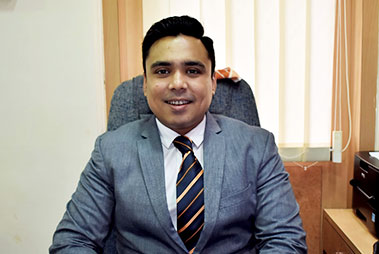 What percentage of your total marketing budget is devoted to in-store marketing?
What percentage of your total marketing budget is devoted to in-store marketing?
In-store promotion is not really considered a part of the overall marketing budget, which is more skewed towards TV, print or outdoor advertising. But in-store promotion plays an important part in increasing direct sales on the spot. For e.g. if I place a display at a retail counter, I know that I am going to get more sales from this. So in-store activity does direct selling for the brand, whereas other forms of advertising work indirectly to promote the brand. So you cannot say how much sale is generated from other advertising tools, whereas you can track the sales growth from in-store promotions.

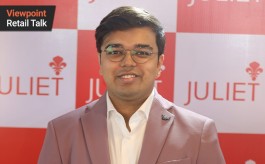
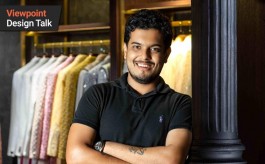
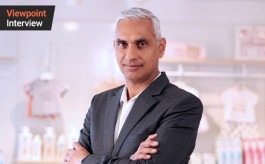
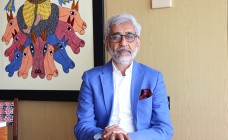

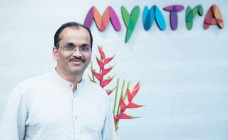


Comments